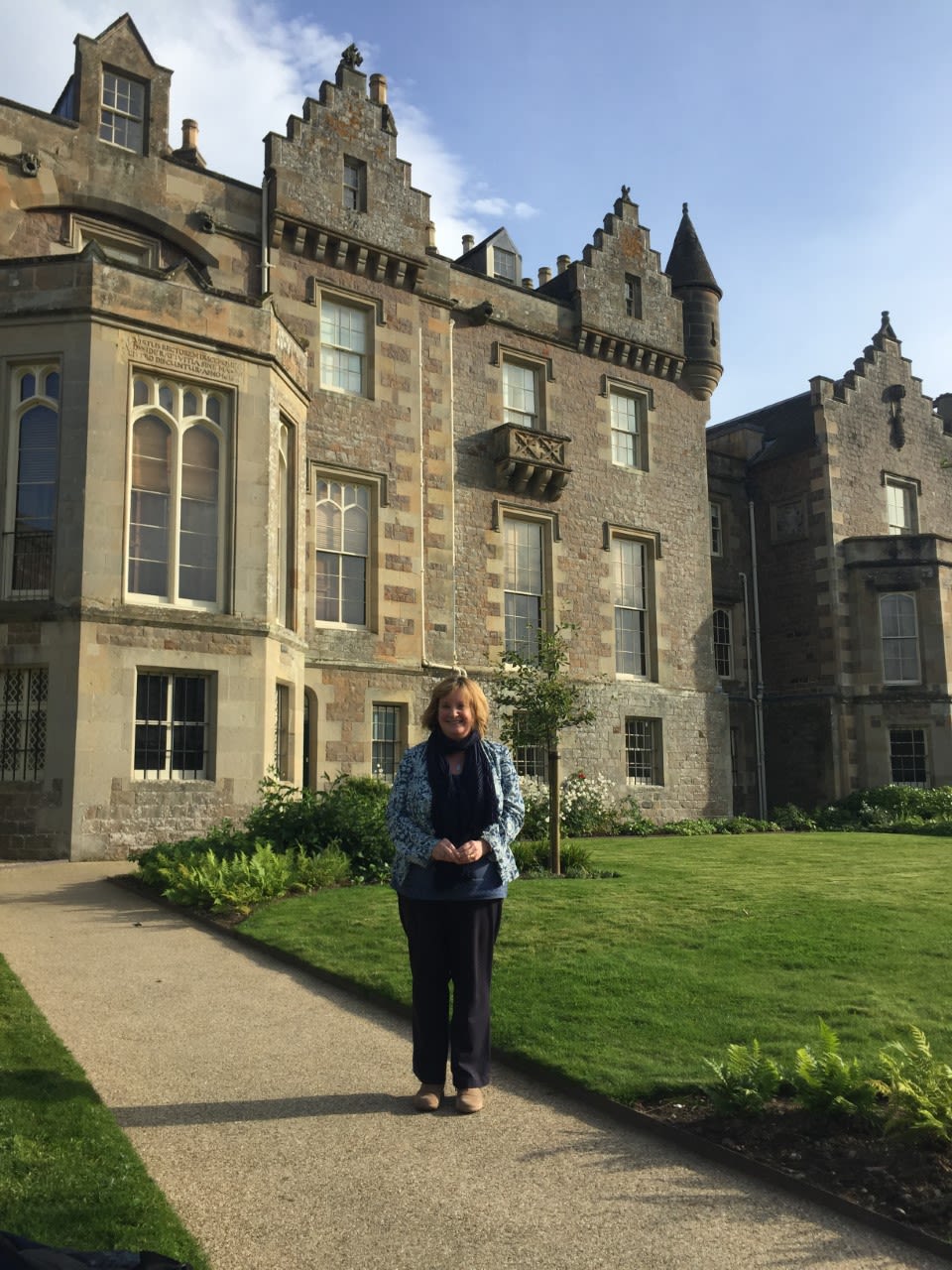Uncovering Sir Walter Scott's creative inspiration
Our research held the key to better understanding the relationship between Walter Scott's collections and his writing.

Situated in the Scottish Borders, Abbotsford is the home of Sir Walter Scott and one of the most significant writer’s houses in the world. As home to Scott’s intact library of more than 9,000 books and unique museum collections, it’s one of Scotland’s tourism hubs and welcomes thousands of visitors every year from across the globe.

Walter Scott was best known for his historical novels and poetry, but it was one of his unpublished final manuscripts that held the key to a fuller understanding of the relationship between his personal collections and his writing.
Deciphering an unpublishable manuscript
Written towards the end of his life, Reliquiae Trotcosienses had never been fully transcribed due to the difficulty in reading Scott’s handwriting. Although the text described his home and collecting activities, it had been deemed unpublishable by 19th century publishers and illegible by modern scholars, except for a few extracts published in 1889 and 1905.
But in 2004, Professor Alison Lumsden from the University of Aberdeen was called upon to revisit Reliquiae Trotcosienses and assist with preparing the manuscript for publication. Through various research projects at the University, Professor Lumsden had acquired unparalleled knowledge of Walter Scott and his creative practices and developed expertise in reading Scott’s handwriting. Alongside Professor Gerard Carruthers from the University of Glasgow, she was instrumental in transcribing and reinterpreting the contents which became the first complete edition of the text.


Professor Alison Lumsden
Professor Alison Lumsden
The relationship between object and story
The 2004 edition offered a unique insight into the relationship between Scott’s home, museum collections and creative processes.
While these connections had been recognised to some extent by previous scholars, Reliquiae offered new insight into how Scott saw his museum collections and their connections to storytelling.
By gaining a sharper insight into the interconnecting relationships between objects, history and stories, researchers have been able to gain a better understanding of the relationship between the museum objects at Abbotsford and Scott’s creative processes.
Reliquiae also provided insight into the rationale behind the ways in which these objects are displayed in Scott’s home.
Informing the visitor experience
As a result of her research and expertise, Professor Lumsden developed a close relationship with Abbotsford and was closely involved in the refurbishment of the property and the development of the Visitor Centre, which were reopened by the Queen in 2013.


"By truly understanding the inspiration behind Walter Scott’s writing, we have been able to change how we think about Scott, his creative practice and the relationship between his creativity and collecting. The 2004 edition of Reliquiae Trotcosienses helped re-inform our understanding of Abbotsford and the presentation of Scott’s collections, and I was delighted to be able to play a role in the refurbishment of the property.
Where possible, objects and books have been displayed where Scott envisaged them in order to demonstrate the synergies between the objects themselves and the fabric of the building and to allow visitors to experience Scott’s home as he creatively imagined it. Reliquiae has also informed the visitor experience through the audio tour, as visitors are encouraged to consider and explore the relationship between Abbotsford and Scott’s creative inspiration through his own words."

Professor Alison Lumsden at Abbotsford
Professor Alison Lumsden at Abbotsford

Impact
- Professor Lumsden’s research informed academic thinking about Walter Scott and Abbotsford, and transformed 21st century understanding of Reliquiae Trotcosienses
- The text has been invaluable for Abbotsford as a tourism hub and continues to inform the experience of thousands of visitors every year
- Professor Lumsden’s transcriptions helped inform the situating of objects during the refurbishment of Abbotsford and reiterated Walter Scott’s reliance on interiors and collections as inspiration for his writing
- More than 100 essential volunteers at Abbotsford are trained to understand the relationship between collecting and stories to maintain the ethos of the visitor experience
- Professor Lumsden’s edition of Reliquiae Trotcosienses underpins The Abbotsford Trust’s training programme as a core resource and has become a foundational text for those working in, understanding and representing Abbotsford
- The research received considerable press attention throughout Scotland and underpins an online course on FutureLearn (Walter Scott: The Man Behind the Monument) which has been completed by more than 3,000 learners from 98 countries
- Professor Lumsden is now a Trustee of Abbotsford and chairs the Abbotsford Trust’s Heritage and Engagement Committee as plans are made to celebrate the 250th anniversary of Walter Scott’s birth in 2021


